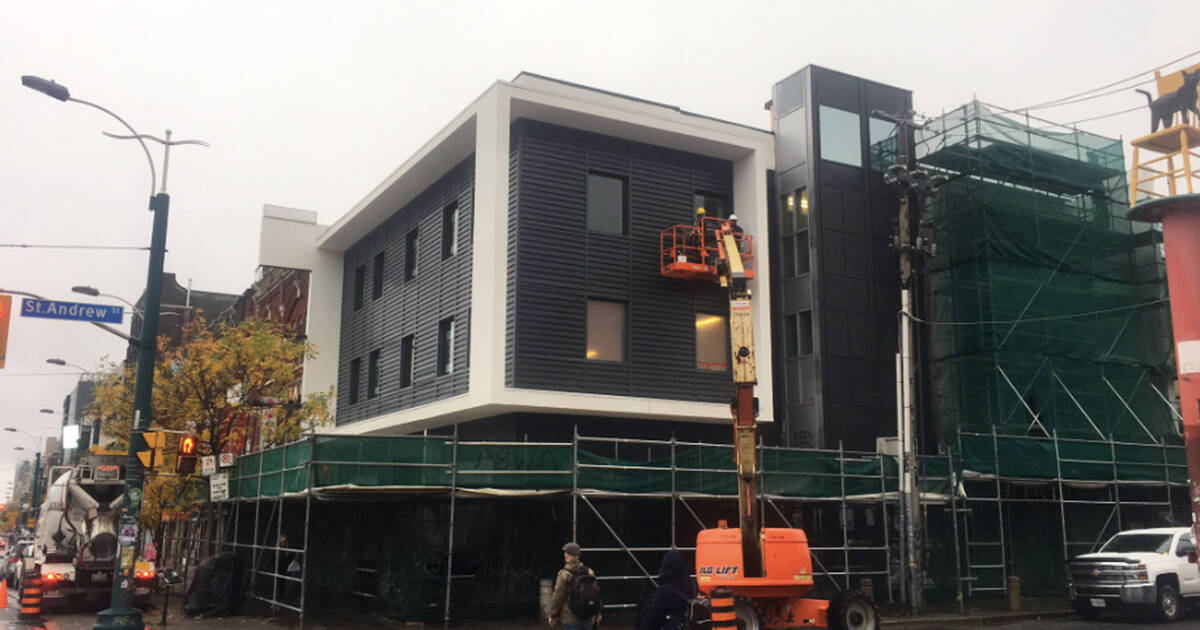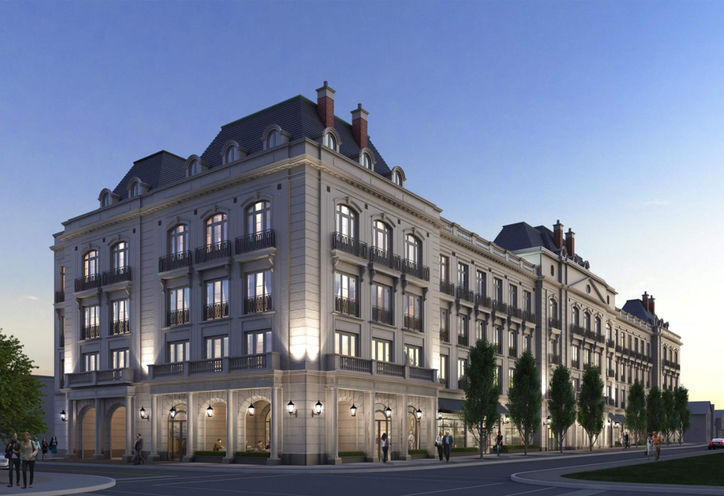adma
Superstar
But maybe that's the point: *that's* what we should be encouraging--retention and restoration--rather than the crutch of "traditionalism". And you'll find more that there's more universal approval for *that* option in dealing with our preexisting environments.Oh sure, I don't disagree - trying to rebuild what was lost as accurately as possible with contemporary features is hands down the best option. But a lot of the time, I feel that option would never be on the table.
This is one of the key reasons why I think Toronto's city centre just doesn't work. It is a disharmonious mish-mash of conflicting styles that don't blend well together. One of my favourite examples is the stretch of Queen from Yonge to University; traditional buildings like Old City Hall and the eastern part of the Hudson's Bay complex stand shoulder to shoulder with the western part of the Bay complex (the one on the southeast corner of Bay and Queen), the Eaton Centre, and The Sheraton Centre. Half of the time, you're walking past something that is nice and grabs the eye; the other half of the time, you hurry on as urgently as possible to get away from the imposing monstrosity you're next to.
But again, you're looking at it in generic terms of form and "what pleases you". Or, my aforementioned ""Beautiful, ugly, beautiful, ugly" and leaving it at that" approach.
My approach is more that of harmony through chaos, so to speak--which is reinforced through knowledge, curiosity, and a certain god-bless-this-mess "openness" and disarming urban forgiveness t/w what surrounds us. Whereas the disharmony you speak of becomes more disorienting when you wipe your mind of that knowledge, curiosity, et al.
It's sort of like how those who are navigationally dependent upon apps and GPS tend to be much more limited in their "natural" geographic knowledge than those who've been conditioned through traditional mapping resources. And when you don't have that "natural" geographic knowledge and curiosity, you're naturally flung into disorientation and anxiety once you're off the path that GPS sets for you.

Habitual use of GPS negatively impacts spatial memory during self-guided navigation
Global Positioning System (GPS) navigation devices and applications have become ubiquitous over the last decade. However, it is unclear whether using GPS affects our own internal navigation system, or spatial memory, which critically relies on the hippocampus. ...
Likewise, when one is conditioned to that strict sensual "beautiful, ugly, beautiful, ugly" GPS path of urban beholding, anything beyond is anxiety-making.
Look: the cardinal problem w/the "western part of the Bay complex" isn't its supposed contribution to the urban disharmony. The cardinal problem is with the grotesquely disfiguring external renovation it went through over the past few years--something which could have been prevented or mitigated through "knowledge".






